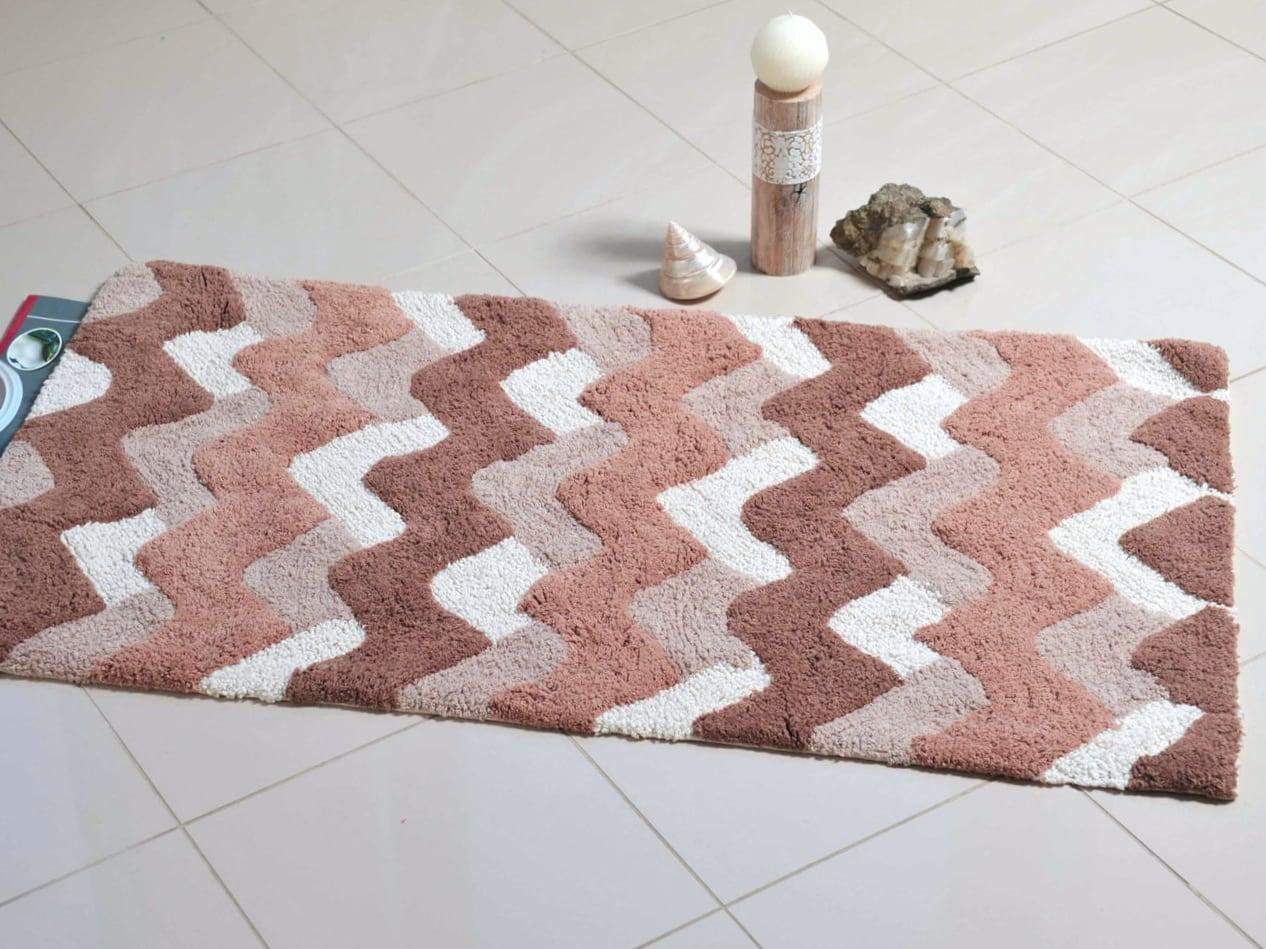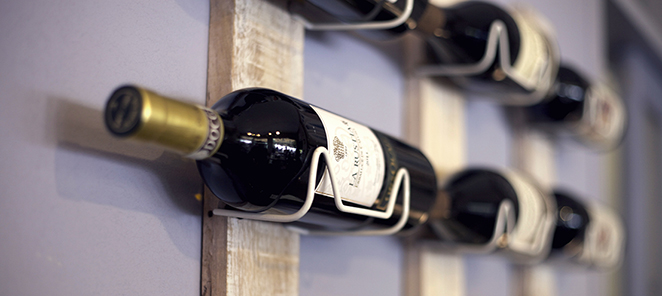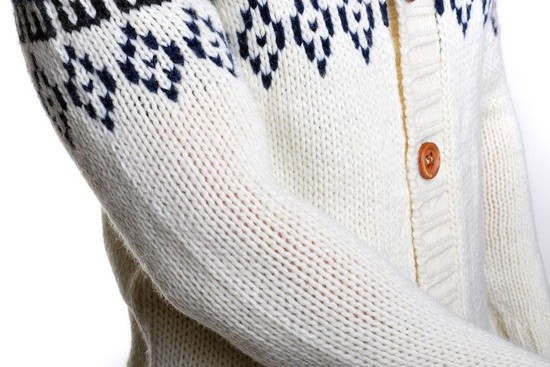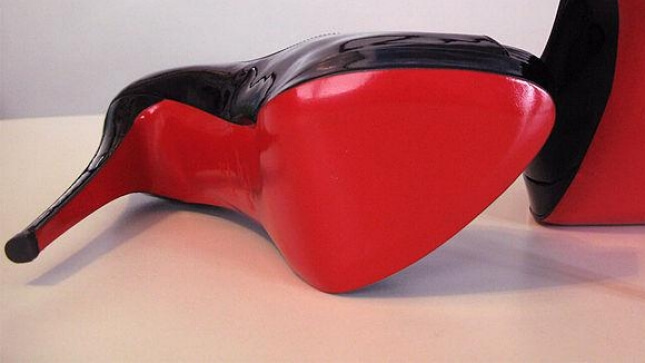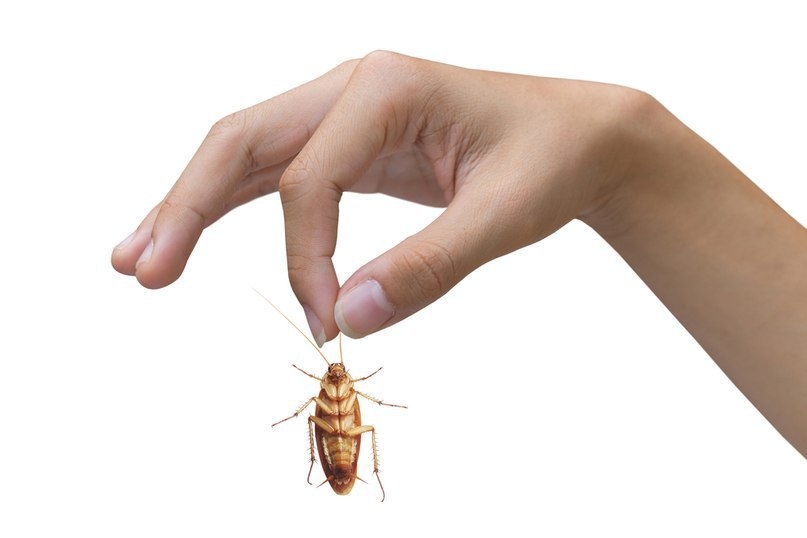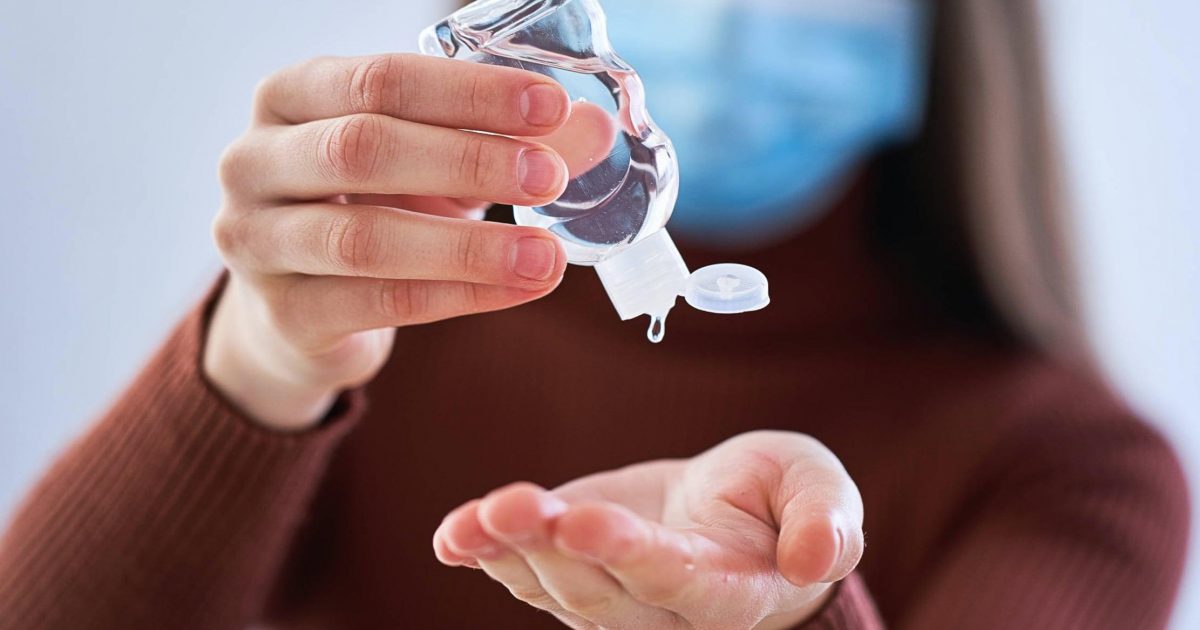The Right Cleaning the kitchen includes many areas: from washing the stove and sink to cleaning the cutting boards. Although the boards – not the utensils, which is in sight and can give out a lazy hostess, to neglect their cleanliness is not advised. It is with the surface of the boards is in contact with a variety of food, which after cutting is not always subjected to heat treatment.
Therefore, it is especially important to take care of the surface of the boards, so that from a useful kitchen item they have not turned into a breeding ground for germs and parasites. And if you’re having a general kitchen cleanup, take special care and take the time to care for your cutting boards.
Cleaning the boards should be regular and periodic steps should be taken to disinfect them.
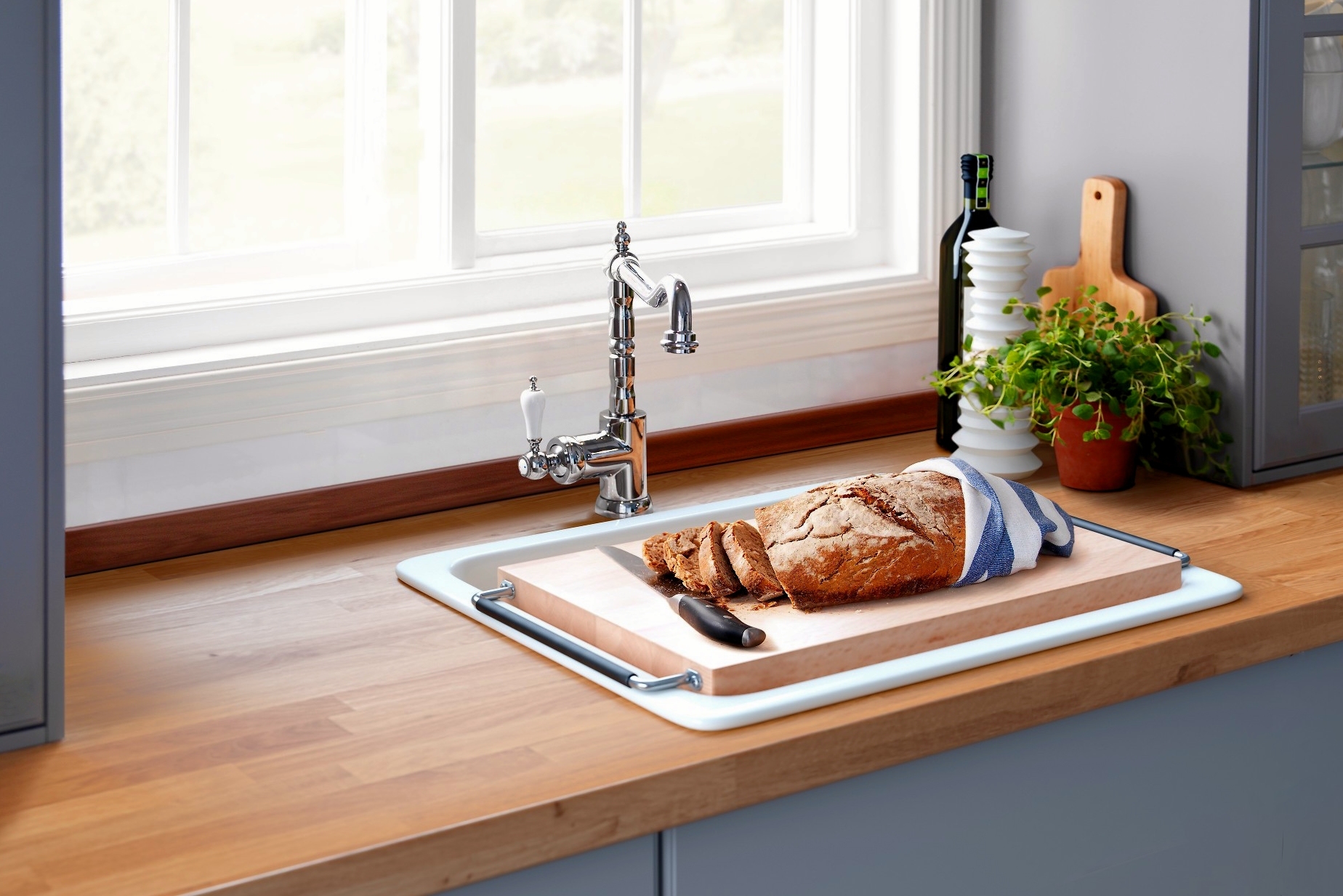
With regular cleaning:
- The board should be washed under running water on both sides after use;
- it is highly desirable to use kitchen soap or dishwashing detergent during washing (especially if raw meat or fish has been cut on the board);
- After using a cleaning agent It is desirable to pour boiling water on the working surface of the board or rinse it well under hot water;
- Having finished washing, Dry the board. with a paper towel and leave it to dry out in an upright position (do not put a still damp board in an enclosed space, remember that moisture is an excellent environment for bacteria and fungus to develop).
Note that even if you follow the rules of regular cleaning of the boards, periodically (at least once a week) they need to be completely disinfected, so as to prevent food contamination and food poisoning afterwards.
Ways to disinfect cutting boards:
- The radical but most effective way is chlorine disinfection. Make a solution: Dissolve 1 tablespoon of chlorine bleach in 5 liters of water.. And in a container of this “disinfectant” water, put the boards that you regularly use. Leave them there for half an hour, and then rinse them with clean water. Dry the boards after disinfection, as it is supposed to do, in an upright position.
- Acid disinfection is a gentle, but no less effective method. Take vinegar and wipe down the work surfacethen leave it to dry without rinsing with water. Vinegar will not only kill harmful germs but also eliminate unpleasant odors.
- If you don’t have vinegar on hand or don’t like the smell (it happens, too), use the most natural method of disinfecting – a slice of lemon. Take a slice or half of a lemon and carefully wipe the side of the board where you’re cutting the food. The lemon will provide good decontamination and give the surface of the board a fresh, citrusy aroma instead of the unpleasant smell of onions or raw meat.
In addition to regular cleaning and disinfecting, we advise you to follow some simple rules for board selection and use. A few tricks and kitchen cleaning, and cleaning your kitchen utensils will no longer be a problem for you.
- Stock up on different boards for different types of food (for baked goods, vegetables/fruits, raw meat, raw fish, etc.).
- Give preference to rubber or hard acrylic boards. They are much less likely than wooden ones to “absorb” food debris and less likely to “collect” various germs.
- If you still like wooden boards better, rub beeswax or mineral oil into their surface every few months. This will create the right food film that will prevent bacteria from penetrating the board’s structure.
- If a crack appears on the board or a part of the surface splits off – get rid of it bravely. Health and hygiene are more important.
At https://Maid in Your Hometown.com.ua/kvartira you can calculate how much it will cost kitchen cleaning Or comprehensive apartment cleaning.

